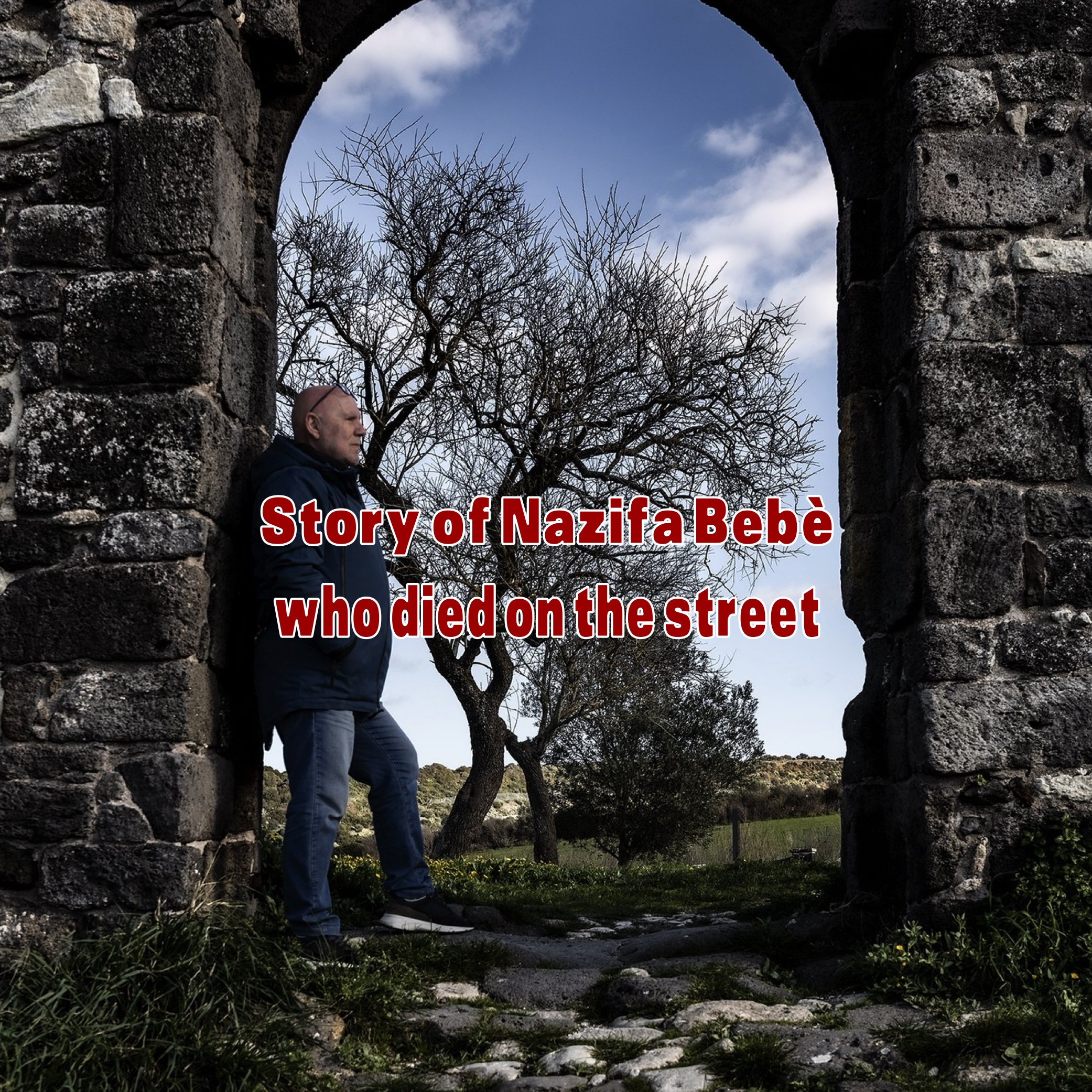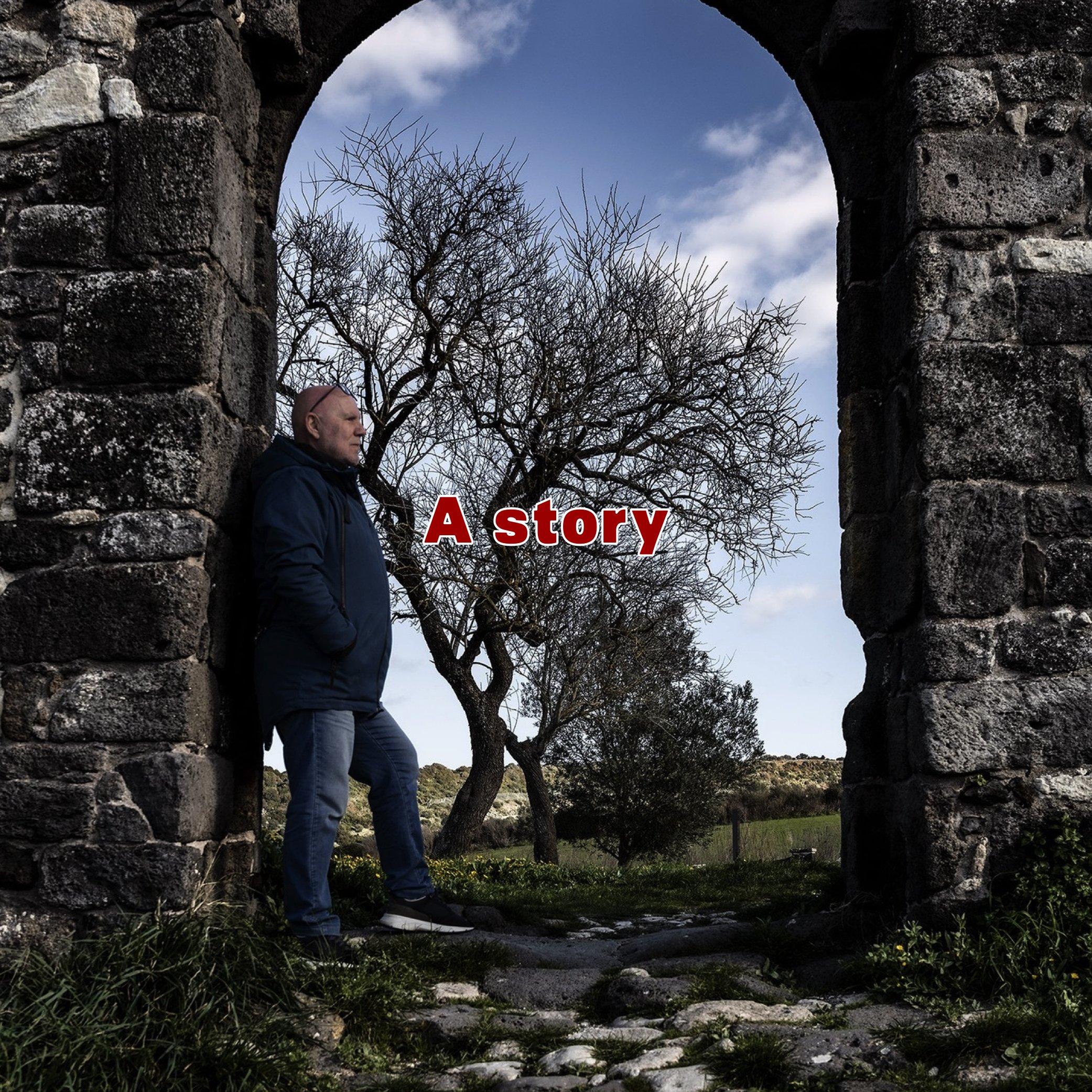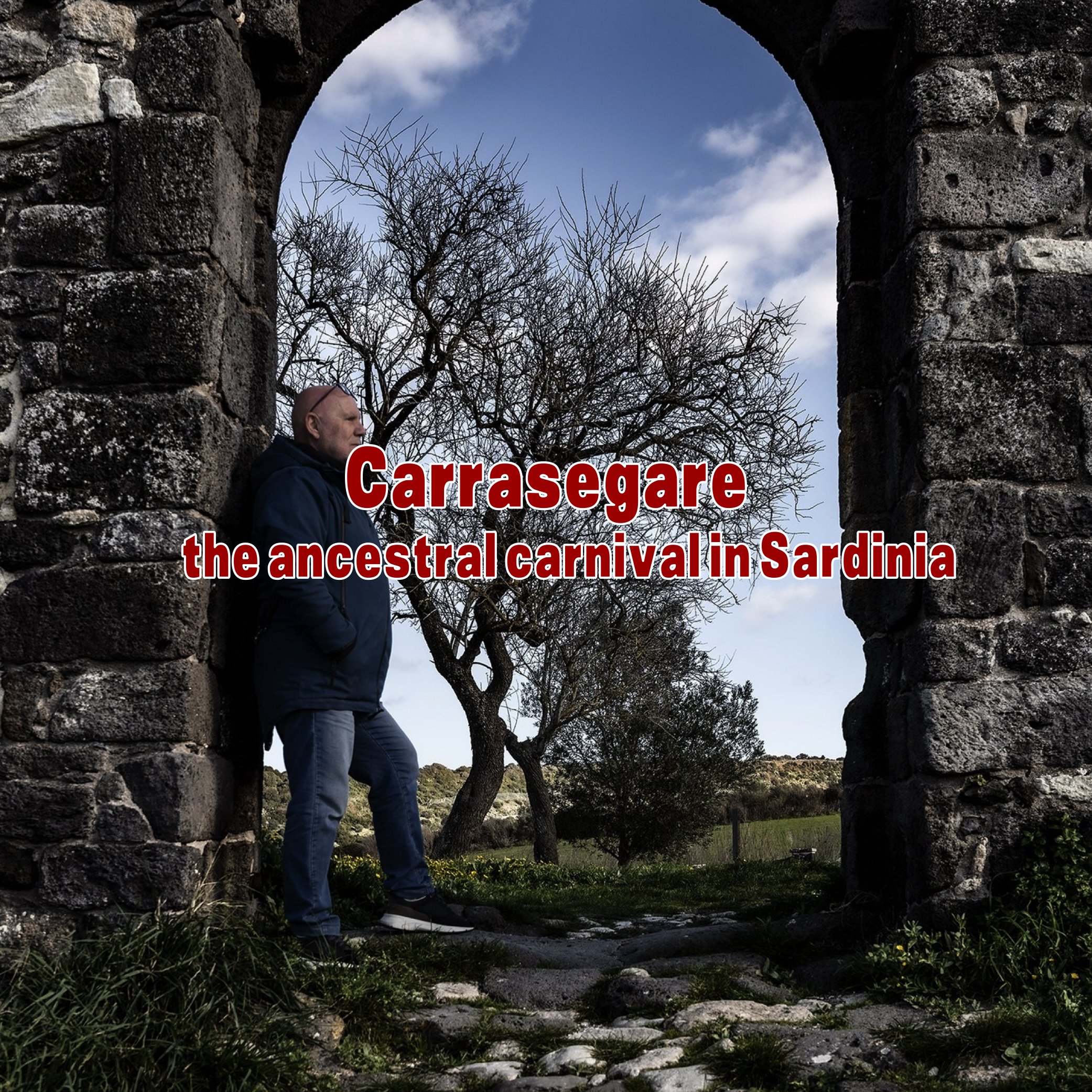In light and shadow: travel notes of an anarchist storyteller
A story
This story began more than thirty years ago, on an afternoon when I saw a very young girl begging in a street in my town, Cagliari. As you can see in the first photographs of the analogue series in black and white, she had a plastic saucer in her hand, a dirty white dress, a pair of sandals that were too big and no hope of taking any money from the hands of passers-by annoyed by her presence.
When several months later, I was invited by a friend to attend and photograph the Gurgevdan, the Spring Festival that a small group of Khorakhané gipsies from Montenegro was going to celebrate in a suburban camp, I went there for one reason above all. The curiosity to see again that little girl who was begging on the street. So I went to the party, but the little girl wasn't there. Nevertheless, it was a magnificent feast. Within a few hours – with the loud Slavic music, the dancing and the Turkish coffee that every family amicably forced me to drink – I forgot all the prejudices and made friends with many people, especially with the man who was considered the most authoritative of the group, whom we could, albeit very hastily, call the leader.
It was he who, a couple of months later, asked me to accompany him to the morgue of a city hospital, because a little girl from another gipsy group had been hit by a van while she was making manghel, which means begging. The little girl I saw lying on the morgue table that morning was the same one I had photographed a few months earlier. Her name was Nazifa Bebé and she appeared to me for what she was. A tiny human being whom fate had given birth to in one of the many wrongs and losing sides of history, the very poor gipsy community that fled the civil war in the former Yugoslavia and took refuge in Italy.
Of course, I realize that there would be a thousand other words that would have to accompany these images. For example, in the winter following Nazifa Bebé's death, eight other gipsy children died in the city, seven of bronchopneumonia and one in the fire of her shack. In more than thirty years of passionate friendship with gipsies, I have not only met children destined to be lost. But also children destined to be saved, to the point of becoming doctors, journalists, lawyers and university professors in some cases.
To the first photos of the gipsies I took over thirty years ago, I like to accompany those I took more recently in Saintes Maries de la Mer, in the French Camargue. Where every year, in May, the Roma celebrate their world patron saint, Saint Sara Kali, the Black Saint who came from the sea. Because there is a single common thread which links all these photos. The irrepressible vitality of a people who, beyond all difficulties and suffering, and beyond any prejudice that has always accompanied them, continue to look at life with tenacity and hope.
Saintes Maries de la Mer
Questa storia incominciò più di trent’anni fa, in un pomeriggio in cui vidi una bambina molto piccola che chiedeva l’elemosina in una via della mia città, Cagliari. Come vedete nelle prime fotografie della serie analogica in bianco e nero, aveva un piattino di plastica in mano, un vestitino bianco e sporco, un paio di sandali troppo grandi e nessuna speranza di portare via qualche soldo dalle mani dei passanti infastiditi dalla sua presenza.
La fotografai e quando diversi mesi dopo venni invitato da un amico ad assistere e fotografare Il Gurgevdan, la Festa di Primavera che un piccolo gruppo di rom Khorakhané giunti dal Montenegro avrebbe celebrato in un campo di periferia, ci andai soprattutto per un motivo. La curiosità di rivedere quella bambina così minuta che chiedeva l’elemosina per strada. Così andai alla festa, ma la bambina non c’era. Ciononostante, fu una magnifica festa. E nel giro di poche ore – con le musiche slave a volume altissimo, i balli e il caffè alla turca che ogni famiglia mi obbligò amichevolmente a bere – dimenticai ogni pregiudizio e feci amicizia con molte persone. In particolare con l’uomo che veniva considerato il più autorevole del gruppo, che potremmo, anche se molto sbrigativamente, definire il capo.
Fu lui che un paio di mesi dopo mi chiese di accompagnarlo all’obitorio di un ospedale cittadino, perché una bambina di un altro gruppo rom era stata investita da un furgone, mentre faceva manghel, cioè mentre chiedeva l’elemosina. La bambina che quella mattina vidi distesa sul tavolo dell’obitorio era la stessa che avevo fotografato pochi mesi prima. Si chiamava Nazifa Bebé, e mi apparve per quello che era. Un minuscolo essere umano che la sorte aveva fatto nascere in uno dei tanti lati sbagliati e perdenti della Storia, la poverissima comunità romanì fuggita dalla guerra civile nella ex - Jugoslavia e rifugiatasi in Italia.
Certo, mi rendo conto che ci sarebbero mille altre parole che dovrebbero accompagnare queste immagini. Per esempio che nell’inverno successivo alla morte di Nazifa Bebé morirono in città altri otto bambini rom, sette di broncopolmonite e uno nell'incendio della sua baracca. E che negli oltre trent’anni di appassionata amicizia con i rom non ho incontrato solo bambini destinati a perdersi. Ma anche bambini destinati a salvarsi, sino a diventare in qualche caso medici, giornalisti, avvocati e docenti universitari.
Alle prime foto dei rom che scattai oltre trent’anni fa, mi piace qui accompagnare quelle che ho invece scattato più recentemente a Saintes Maries de la Mer, nella Camargue francese. Dove ogni anno, nel mese di maggio, i rom celebrano la loro patrona mondiale, Santa Sara Kali, la Santa Nera venuta dal mare. Perché c’è un unico filo conduttore, che unisce tutte queste foto. L’irrefrenabile vitalità di un popolo che, oltre ogni difficoltà e sofferenza, e oltre ogni pregiudizio che da sempre lo accompagna, continua a guardare al futuro con ostinata speranza.
















































